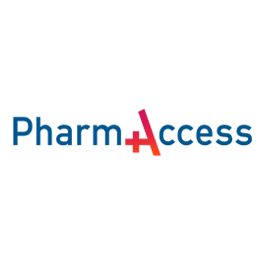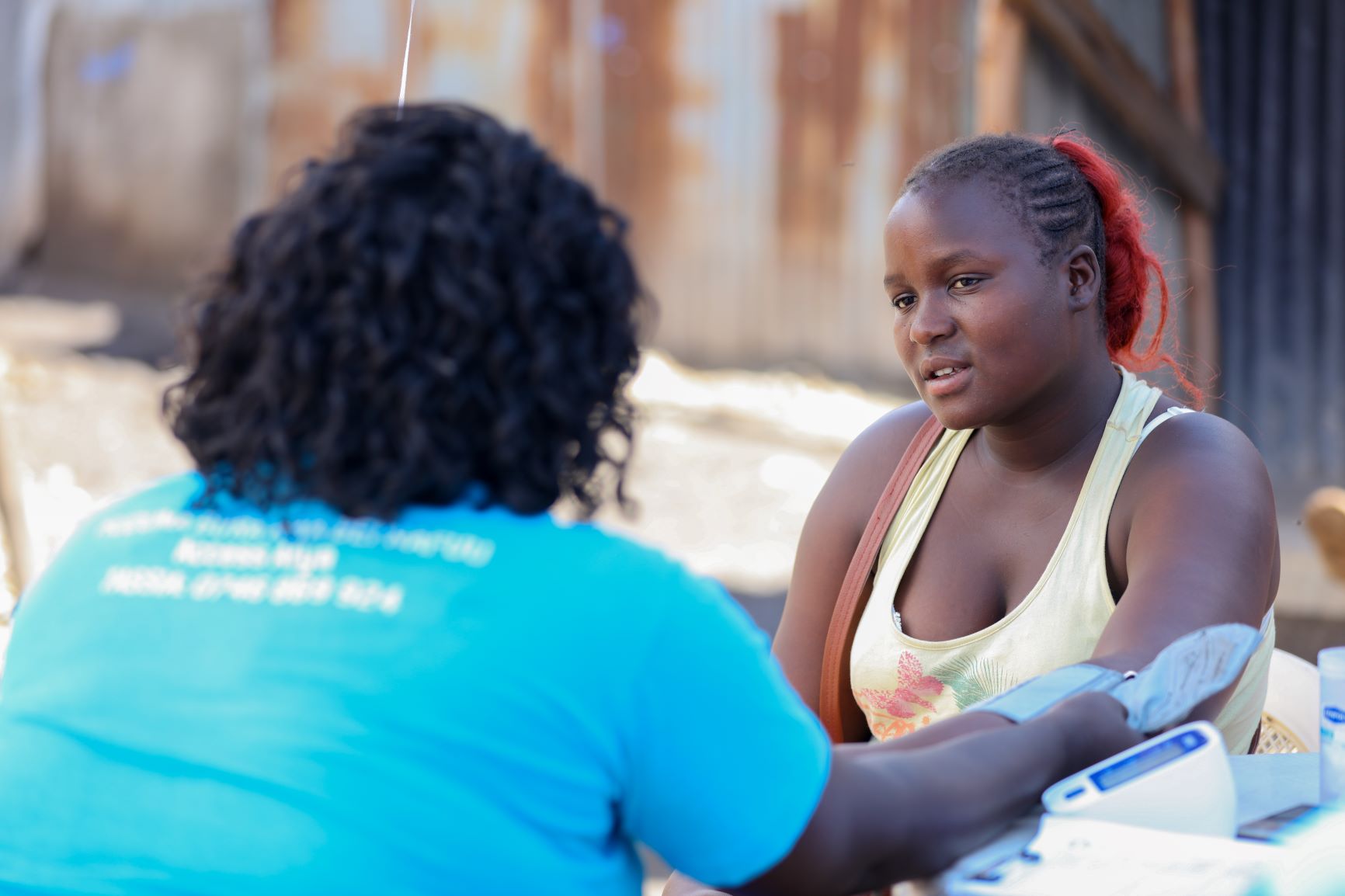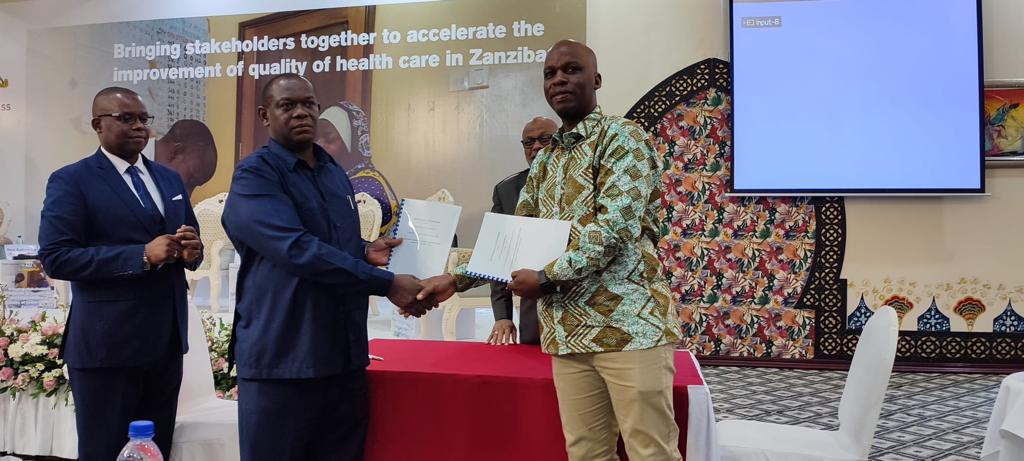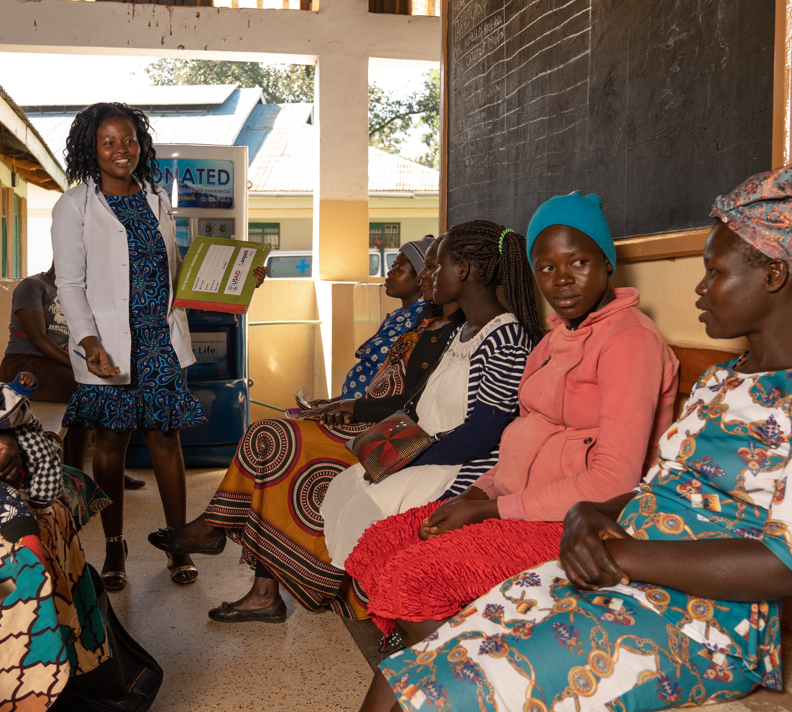Non-Communicable Diseases (NCDs) are the leading cause of death globally. In Kenya, NCDs account for 27% of the total deaths and over 50% of total hospital admissions[1]. PharmAccess and CarePay together with Sanofi joined forces to develop a pilot of a mobile technology enabled model for NCD Care in Kenya. The model and its first learnings are now publicized in a brochure.
The pilot named Ngao Ya Afya (Shield for Health in Kiswahili) aims to give people in need access to diabetes and hypertension care by developing a scalable, low-cost quality service. Sub-Saharan countries struggle to scale their NCD response due to a lack of funding and infrastructure, meaning many Africans are unable to receive any treatment for high blood pressure or diabetes.
Ngao Ya Afya combines direct financial support and access to care for low-income patients while stimulating quality of care and generating real-time data insights for doctors and healthcare payers. Patients received self-management devices to measure blood pressure- or blood glucose levels at home an could relay their measurements to their healthcare provider on a mobile phone application (AfyaPap). The model runs on M-TIBA, a mobile healthcare payment platform that allows people to for discounted funds designated for healthcare on their mobile phone. These funds can be spent in a network of digitally connected health facilities. In addition, patients can use measuring devices and a dedicated mobile app.
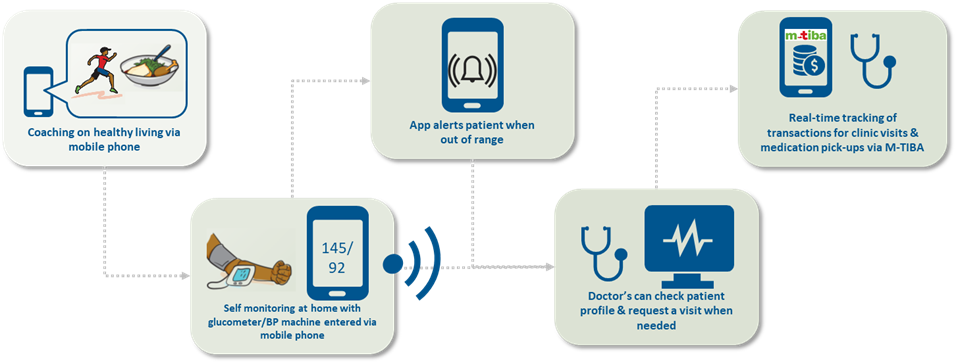
Our evaluation demonstrates the value of a technology-driven home-based management model of self-monitoring augmented by participation in patient support groups and weekly SMS reminders.
The initial data with 600 diabetes and hypertension patients show a positive health effect. Patients were encouraged to measure their BPs daily and blood glucose weekly and those adherent managed to lower their blood pressure from 139.6 before enrollment, to 127.4 after 6 months in. The model also allowed for a better value of care, cost efficiency and increased adherence to care.
Further explanation and its first learnings can be found in this brochure.
[1] https://www.who.int/nmh/events/2014/kenya-ncd-prevention/en/ and https://www.nyeri.go.ke/2nd-edition-of-universal-healthcare-coverage-uhc-conference-hosted-in-nyeri/
